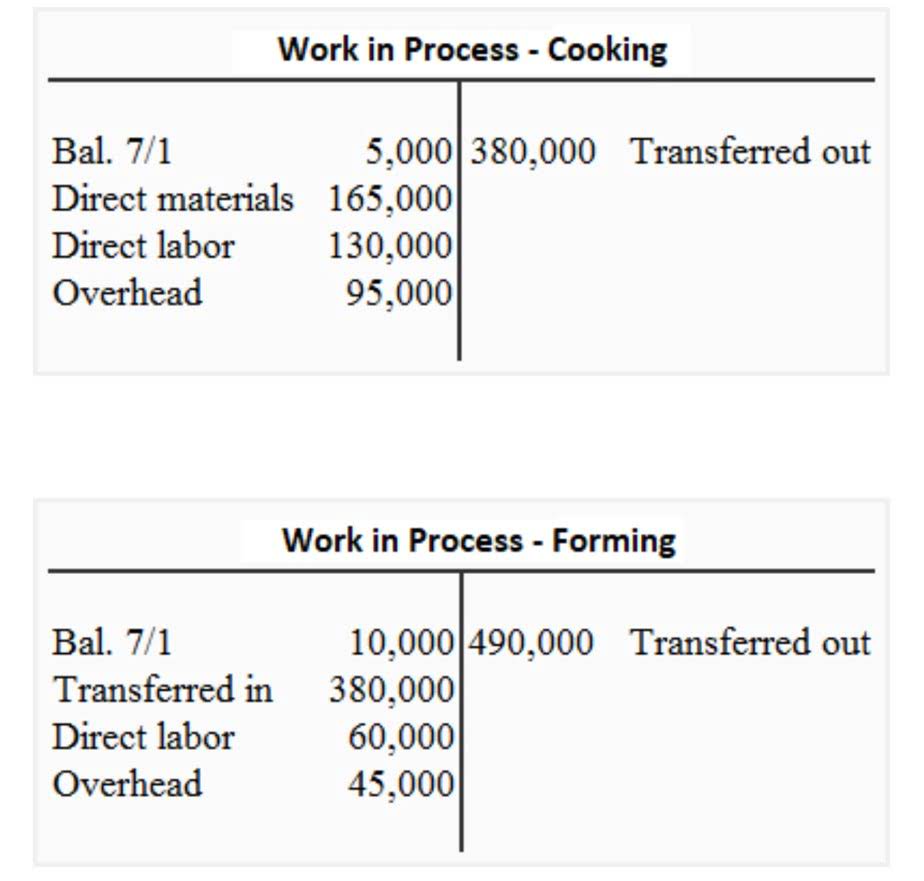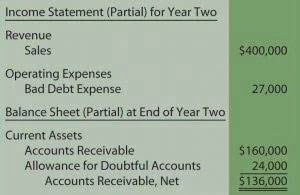
The amounts for each column are computed in the order indicated in the headings. When we make the journal entries for completed aprons, we’ll use an standard costing account called Inventory-FG which means Finished Goods Inventory. We’ll also be using the account Direct Materials Inventory or Raw Materials Inventory or Stores. Most manufacturers will also have an account entitled Work-in-Process Inventory, which is commonly referred to as WIP Inventory.
- Moreover, standard costing aids in the valuation of inventory on the balance sheet.
- It is particularly effective for companies that produce large volumes of standardized products, as it simplifies budgeting, cost control, and variance analysis.
- The main objective of standard costing is to set standards for each type of cost incurred for a particular product within the business.
- These standards are determined in the form of either quantity or monetary value.
- Hence, the balance in the inventory account is constantly or perpetually changing.
- Subsequently, variances are recorded to show the difference between the expected and actual costs.
Double Entry System of Accounting
- If the standard costing system has not been properly designed, many problems are likely to crop up.
- A manufacturer must disclose in its financial statements the actual cost of materials on hand as well as its actual cost of work-in-process and finished goods.
- (c) Factoring the variance into individual components and investigation of the significant differences.
- (k) The traditional short-term focus of the financial year (12 months) is still intact, yet most products and technologies have life cycles exceeding many accounting periods.
- Standard costs are estimates of the actual costs in a company’s production process, because actual costs cannot be known in advance.
- The difference between actual costs and standard costs is known as “variance”.
The income statement reports the revenues, gains, expenses, losses, net income and other totals for the period of time shown in the heading of the statement. If a company’s stock is publicly traded, earnings per share must appear on the face of the income statement. A current asset whose ending balance should report the cost of a merchandiser’s products awaiting to be sold.

Means A Company Can Assign a Value to Its Inventory
Standard costing is a costing technique in which standard costs are assigned to a product instead of its actual cost. In this technique the management of the business calculates a predetermined estimated cost for a product at the start of an accounting period. This cost is calculated based on the assumptions that the resources of the businesses are used efficiently and there are no wastage or inefficiencies within its processes that can be controlled. While standard costs are expected costs, the business still has to incur actual costs on the product which will often be different from the standard costs due to different reasons.

Is a Standard Cost Different from a Budget?
(c) Factoring the variance into individual components and investigation of the significant differences. (i) To provide guidance on possible ways of improving performance. (f) To assist in assigning responsibility for nonstandard performance in order to correct deficiencies or to capitalise on benefits.

Attainable standards have the greatest motivational impact on the workforce. With the use of standard costing the organization achieves the objectives in a planned and systematic manner. Standard costing can be used in Direct costing, Absorption costing, Job costing, or Process costing. It is not a method of costing but a system which can be fitted in any method.
- After application of service cost centres rates to production cost centres, a standard overhead rate has to be determined for each production cost centre.
- Under this technique, differences are analyzed and responsibilities are determined.
- Classification of accounts – Expenses are to be grouped under proper classifications and codes are helps in easy collection of actual cost and compare it with standard deviations.
- A target of efficiency is set for the employees and the cost consciousness is stimulated.
- (Alternative account titles include Direct Materials Quantity Variance or Direct Materials Efficiency Variance.) We will demonstrate this variance with the following information.
- Standard Costing helps to apply the principle of “Management by exception”.
Responsibility for Setting Standards:
Standards which are set up in respect of materials, labour and overheads, are Grocery Store Accounting helpful in preparing various budgets. This can be done with accuracy with standard cost than the actual costs. Standard costs removes the reflection of abnormal price fluctuations in production planning.

Lack of Management’s Enthusiasm:
- Similarly, the amount not yet allocated is not an indication of its current market value.
- Understanding the root causes of variances is essential for effective variance analysis.
- Analyzing a product unit can help a company determine its value, however, it would need to be done using actual costs as opposed to standard costs.
- We will assume that these variable manufacturing overhead costs fluctuate in response to the number of direct labor hours.
- The standard costing method assumes there will be little changes in the budgeted amounts in the foreseeable future.
This is the Standard which is anticipated to be attained during a future specific period (budget period). While setting this type of standard, actual conditions and circumstances prevailing are considered. Thus this standard is better suited for cost contribution margin control as compared to ideal standard. An efficient accounting system is also an essential requisite for successful operation of the standard costing system. The accounting information supplied should not only be accurate but also be complete and up to date. The system of coding may be used for speedy recording and analysing the accounting information.


